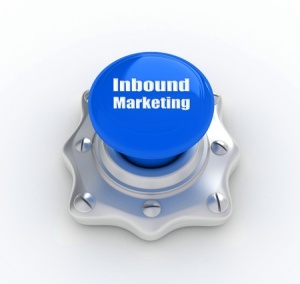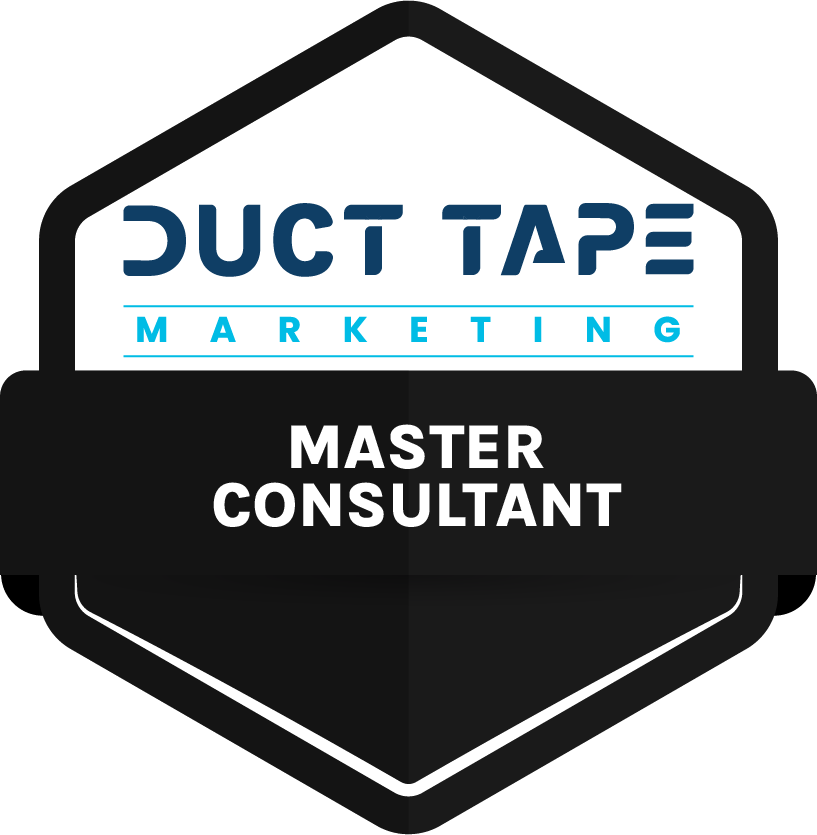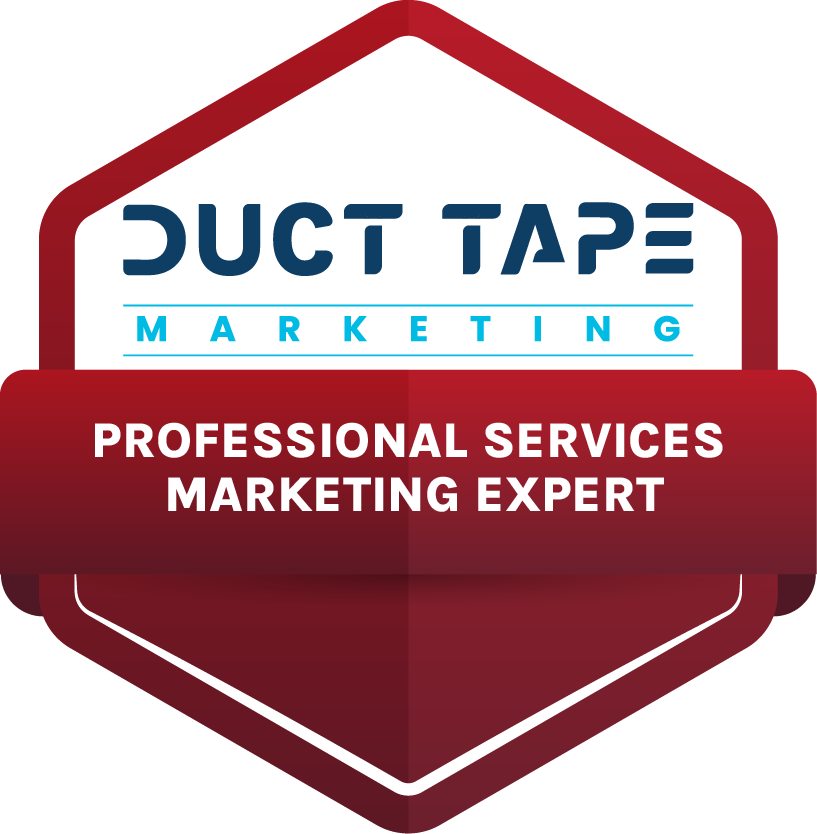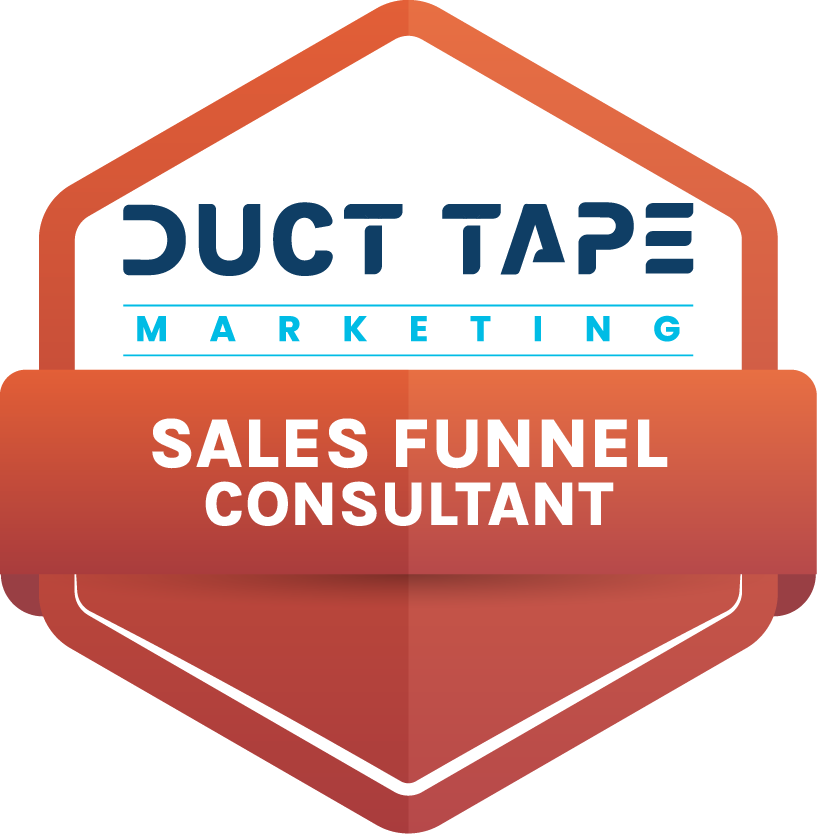Inbound marketing can be a powerful tactic for growing your business, so it’s surprising that more business owners don’t use it. But, according to HubSpot, there are some common misconceptions folks have about the how inbound works. Here are the top 7 of these myths – BUSTED!
Myth #1: Inbound marketing, content marketing, and SEO are competing ideologies
This one is the most common misconceptions. Content marketing is all about producing quality material for a specific target audience, which makes it a part of every stage of the inbound marketing strategy (attracting, converting, closing, and delighting), because you can use it to complete all of these actions. SEO is also a necessary component of inbound marketing, because making it easier for people to find your website will help with the “attract” phase. Content marketing and SEO are part of the broader idea of inbound marketing.
Myth #2: Inbound marketing and traditional marketing can’t play nice together
For years “experts” have been speaking about how outdated traditional marketing is, and that it’s not an effective long-term strategy. With inbound, you are gaining an organic audience that will keep feeding you with leads for years. With traditional, you are paying for a temporary audience. However, traditional marketing – such as advertising – can be helpful in the early stages of the inbound process, as a supplement to your inbound strategy, or to help meet monthly and quarterly goals.
Myth #3: No one is going to consume the content that I create
Creating and publishing content can seem intimidating and pointless in the long run, as most writers assume that no one will view their content. Not true! If you can create valuable content that is meant for a specific audience, you will gain readers, and create an active following. You don’t want just anybody viewing your content, you want the right people to view it, so that you can convert those leads into customers.
Myth #4: Creating unique landing pages is a waste of time
Producing unique landing pages is an essential part of the inbound marketing process, because without landing pages, it will be harder for you to convert visitors into leads. On average, companies with 30+ landing pages produced 7 times more leads than companies with 1 to 5 landing pages. The more landing pages you have showing up on search engines and on social media sites, the more opportunities you will have to convert leads.
Myth #5: Email is dead, or is dying
Headlines about common marketing strategies being “dead” usually come around every once in awhile, and they usually do not end up holding up, which is definitely the case with email. Email is still widely used by marketers, and most importantly, it is not obsolete, because it still brings in business.
Myth #6: It’s impossible to know when leads are ready to become customers
Knowing which leads are ready to buy and become customers can be difficult, but it can be done with precise attention to detail. If you can see a recognizable pattern of a customer checking through your emails and webpages, you can make an argument that a purchase could be in the near future. The point is, you have to be looking at your data consistently to see patterns.
Myth #7: Hosting events won’t help my business
Entertaining your customers is not about wasting money; it is about investing in the best promoters of your business. Hosting events will bring all of your customers together to discuss your product, service and expertise. Most people that attend these events are there to learn, so it’s a win-win situation for your company and for your customers.
What other inbound marketing myths have you heard? What makes them a myth, in your opinion? Tell us about them in the Comments section.







